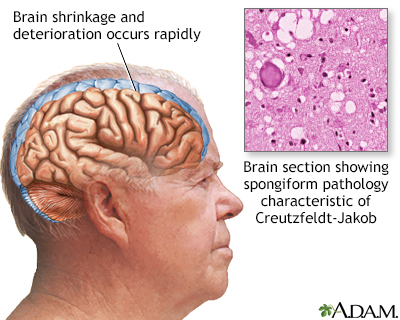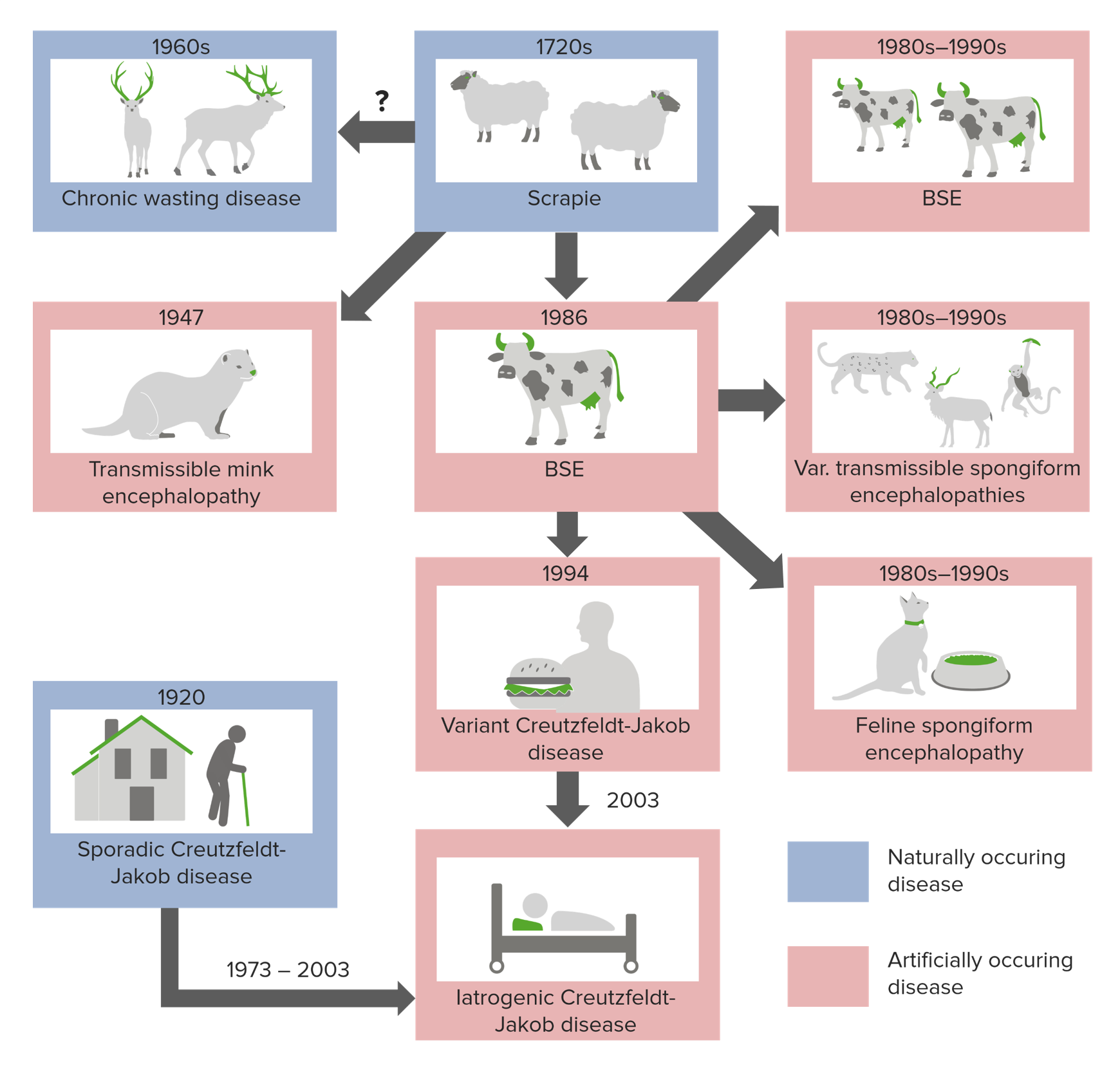Reference




OpenAI's Answer
Iatrogenic transmission of prions in classic Creutzfeldt-Jakob disease (CJD) cases before 1976 occurred primarily through several key medical and surgical procedures. The main sources of iatrogenic transmission included:
-
Contaminated Human Growth Hormone (hGH): One of the most significant sources of iatrogenic CJD cases was the use of human growth hormone derived from cadaveric pituitary glands. These hormones were administered to children with growth deficiencies, and if the donor of the pituitary gland had CJD, the hormone preparation could transmit the disease (Source: Texas DSHS).
-
Neurosurgical Instruments: Another source of transmission was through inadequately sterilized neurosurgical instruments. Prions are notoriously resistant to standard sterilization methods, and instruments used on an infected patient could retain prion contamination and subsequently infect the next patient (Source: CDC).
-
Dura Mater Grafts: Some iatrogenic CJD cases were linked to the transplantation of dura mater (the outer membrane covering the brain and spinal cord) from cadavers. If the donor had CJD, the graft could carry the infectious agent to the recipient (Source: NHS).
These medical practices, particularly involving biological products from cadavers and the reuse of surgical instruments, were identified as significant contributors to iatrogenic transmission of CJD before the implementation of stricter infection control measures post-1976.
Follow Up
Related
Who achieved pole position for the 1976 Canadian Grand Prix?
Which Louisiana state legislator was born in Wisner and served until 1976?
Why did women in Northern Ireland become involved in the criminal justice system post-1976?
Which position did Joe Kearney hold at the University of Washington from 1969 to 1976?